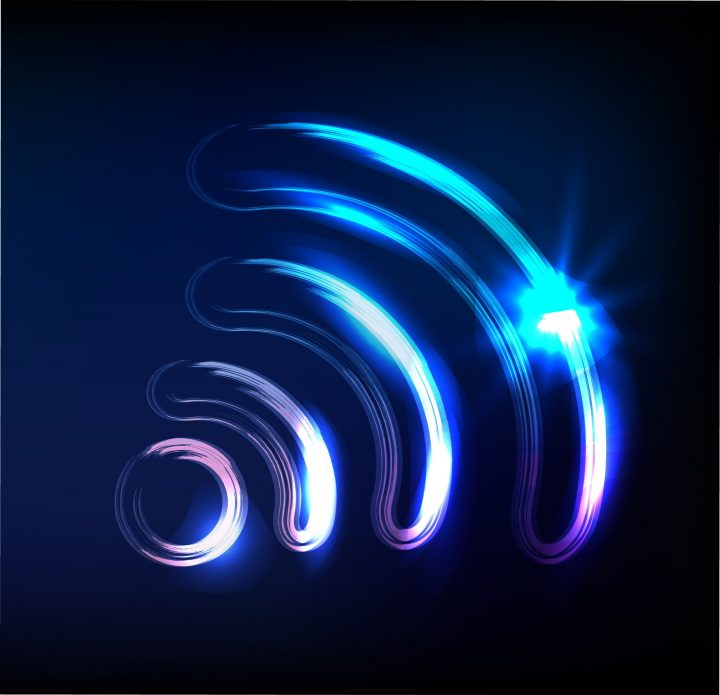In April, Broadcom announced that it was offering a complete end-to-end chipset for the Wi-Fi 7 ecosystem, further consolidating its early-mover status. Extensive routers, residential gateways, enterprise access points and client devices, the new Wi-Fi 7 chips are more than twice the speed of Wi-Fi 6 and 6E solutions on the market today. However, when you first market, the onus is on you to test the capabilities of the technology. But, with the recent two Wi-Fi 7 demonstrations, the chip maker has proven that it is ready for the job.
The first demo setup compares the performance of a Galaxy S10 equipped with Broadcom’s Wi-Fi 6 chip (4375), a Galaxy S21 Ultra equipped with Wi-Fi 6E chip (4389) and, finally, the new Wi-Fi 7. Chip (4398).
In this real-world, over-the-air display, the GS10 reached one Gbit / s above the Wi-Fi 6 and the Galaxy S21 reached two Gbit / s. The Wi-Fi 7 setup, which uses 320 MHz of bandwidth and 4k QAM higher modulation scheme, has completely reached five Gbit / s.
Vijay Nagarajan, vice president of Broadcom’s Wireless Communications and Connectivity Division, commented, “It’s been a huge improvement over Hero Class client device chips in just over four years.”
In the second exhibition, Nagarajan visited Broadcom’s lab where the company’s end-to-end Wi-Fi 7 solution was in operation. The setup includes a quad band AP powered by a Wi-Fi 7 4916 processor, a 67263 radio that operates in 4 × 4 mode in the 6 GHz band, three 6726 4 × 4 radios for 2.4 GHz, a lower 5 GHz and an upper 5 GHz band. Each of these access links spoke to four separate Broadcom 4398 Wi-Fi 7 client chips and combined across all bands, the demo achieved an overall throughput of 10 Gbit / s over the air.
In a conversation after the release of this demo, Nagarajan highlighted the stability of the results. “The speed was very stable in our demo … which means the chip is very mature. With real-life interventions we were showing over-the-air throughput, such stable throughput shows, showing you the Wi-Fi 7 technology people are building it. Closer to perception. ”
“What we’ve demonstrated would be a conventional configuration for high-end access points, including four radios,” he explained. “Nowadays many client devices are working in the 2.4 GHz, lower 5 GHz and upper 5 GHz bands, we don’t see those radios going away. The manufacturers will add a single 6 GHz radio in the already highly successful tri-band configuration on the market today.
He also mentioned the Broadcom announcement in the wider market, noting that while the company is thrilled to see other Wi-Fi 7 announcements, it does not want to see people be confused by theoretical. “Arguably, we can take our four chips and stick them in a so-called quad band configuration and display 34.5 Gbit / s,” he said, “but the question is where do you get two 6 GHz channels at the same time? Platform? Even Europe It doesn’t give you more than 500 MHz. We wanted to focus on what is realistic versus theoretical. “
“This is Wi-Fi 7 for you,” Nagarajan concluded in the demo video “We have launched the entire ecosystem of access parts and client parts needed to build the network. Wi-Fi horse and Wi-Fi cart.












/https://specials-images.forbesimg.com/imageserve/5ff6363b0fa3d38e17134377/0x0.jpg)
